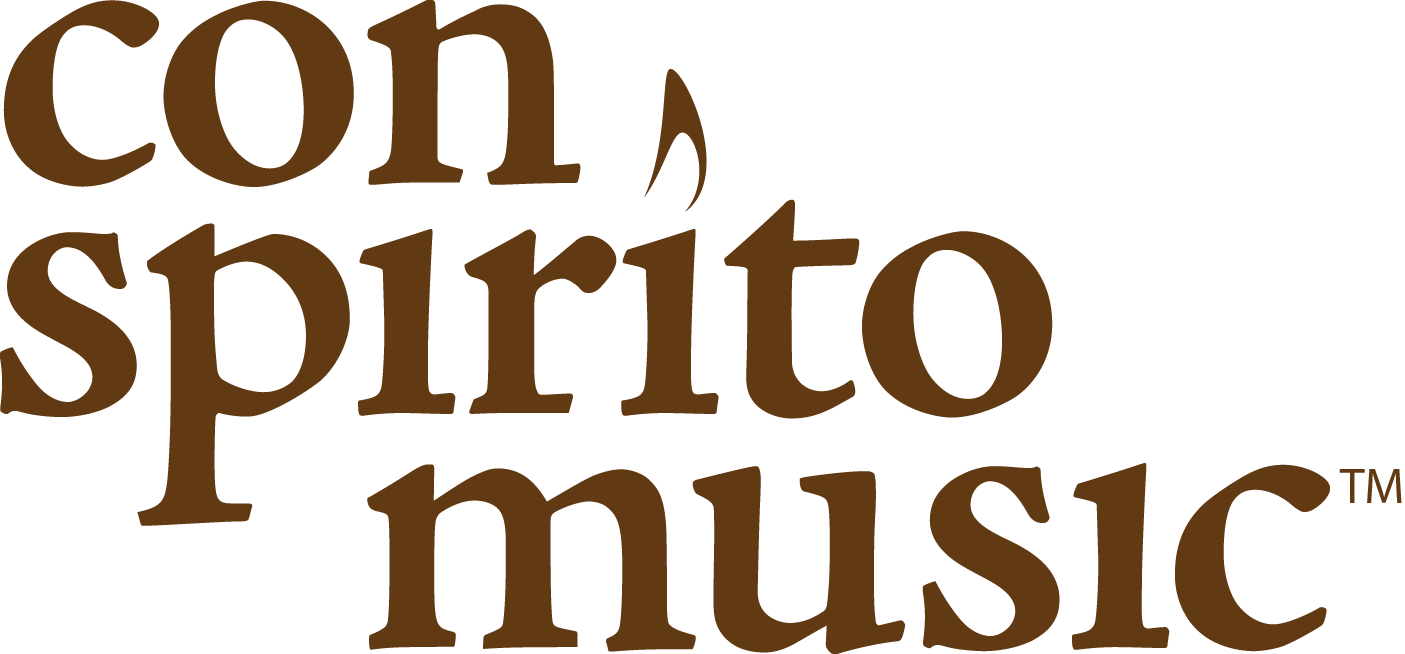Perhaps the most often-sung processional or recessional hymn at Christmas services, “O Come, All Ye Faithful” is generally attributed to John Francis Wade (1711-1786), an English Catholic hymn-writer who authored both its Latin text and its tune, known as ADESTE FIDELES from the opening words of the text.
Although more than two dozen English translations of Wade’s text (c. 1743) by various writers exist, the 1841 translation by English Catholic priest Frederick Oakeley (1802-1880) is the most commonly used.
In addition to the four verses-with-refrain in Wade’s text and Oakeley’s translation, other hymn-writers penned additional stanzas to “O Come, All Ye Faithful,” and it is not uncommon to hear six or seven sung today. This accompaniment for organ, brass quintet, and timpani is based on the four original stanzas as translated by Oakeley, with all but the final verse employing the standard harmonization from The English Hymnal (1906). The arrangement proceeds as follows:
Introduction: organ, brass, timpani
Verse 1: organ
Verse 2: brass
Verse 3: organ with solo trumpet flourishes
Interlude: organ, brass, timpani
Verse 4: organ, brass, timpani with alternate harmonization
Coda: organ, brass, timpani
For performances of more than four verses, it is suggested that the organ-only accompaniment (Verse 1) be repeated/inserted at the discretion of the organist or music director.
The organ part may be performed on manuals only, with “pedal ad lib” indicated where the organist may choose to play the lowest bass notes on pedals.
The timpani part may be excluded if no timpani are available.
Full score, parts for organ, Bb tpt. 1, Bb tpt. 2, F horn, tbn, tuba, timpani, and reproducible bulletin insert for voices (8.5×11″ PDF) — $25
